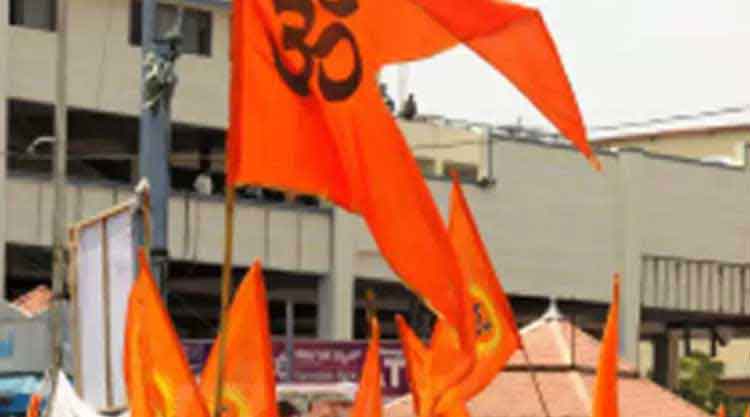As part of its strategy to usurp figures and events from India’s pre-independence history, the Rashtriya Swayamsevak Sangh is planning yearlong centenary celebrations of the Vaikom Satyagraha in Kerala, a movement that was spearheaded by the Congress.
A jumbo committee with 1,001 members, drawn from different communities, and headed by a retired judge, Justice Thottathil Radhakrishnan, has been formed. According to Radhakrishnan, the idea is to emphasise the role of “Hindu unity” at the time of the Vaikom Satyagraha (1924-25).
The March-to-November celebrations are being seen as a political move by the BJP, piggybacking the RSS, to attract eminent personalities from Kerala society to its fold before the 2024 general election. However, a larger political game plan, too, is obvious.
The Hindu Aikya Vedi, an RSS offshoot, is in the driver’s seat of the celebrations, which formally begin with a “Hindu Sangamam” on March 30 in Vaikom, Kottayam, with a call for “Hindu awakening”.
A Vedi functionary has claimed that all the participants in the Vaikom Satyagraha had taken the vow “I am a Hindu”, but this had now been largely obliterated from collective memory. The idea is to “correct a historical mistake”, he said.
The Vaikom Satyagraha, held from March 30, 1924, to November 23, 1925, was a non-violent agitation for the right of lower-caste Ezhavas and other “untouchables” to use the road that led to the Vaikom Mahadeva Temple in the then princely state of Travancore.
The agitation was led by a Congress leader of the time, T.K. Madhavan, who was an ardent follower of the social reformer Sri Narayana Guru. Madhavan was joined by another Congress stalwart, K. Kelappan, who later came to be known as Kerala Gandhi, and K.P. Kesava Menon, editor of Mathrubhumi.
People from all walks of life took part in the agitation, which also attracted reformist leaders from neighbouring Tamil Nadu, such as E.V. Ramasamy “Periyar”.
Mahatma Gandhi himself participated in the agitation during his second visit to Kerala in March 1925, and was instrumental in forcing the Travancore government to release all the agitators taken into custody.
The government partially conceded the protesters’ demands by building new roads near the temple for the use of all, irrespective of caste.
The Vaikom Satyagraha is considered a watershed in Kerala’s social history, and eventually led to the Temple Entry Proclamation of 1936.
The RSS-sponsored celebrations of the centenary of the Vaikom Satyagraha are being monitored by one of its affiliates, the Prajna Pravah.











